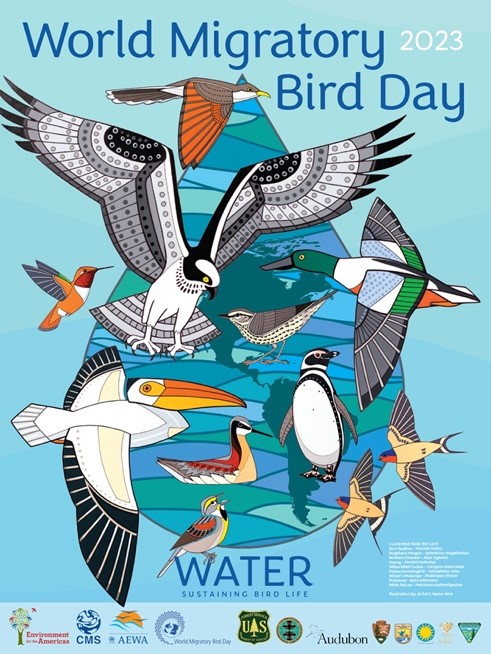Free Courses Sale ends Soon, Get It Now


Free Courses Sale ends Soon, Get It Now



Disclaimer: Copyright infringement not intended.
Context
About
Organising entities
Yearly Theme and Events
The Importance of Migratory Birds
Why Migratory Birds need protection?
International organizations in Geneva engaged in the protection and conservation of bird species
Convention on International Trade in Endangered Species (CITES)
International Union for Conservation of Nature (IUCN)
Convention on Wetlands of International Importance (Ramsar Convention)
WWF International
|
PRACTICE QUESTION Q) Which of the following conventions deal with the protection of migratory birds? 1. Minamata Convention. 2. CITES. 3. Ramsar Convention.
Correct Answer: 2 |
https://pib.gov.in/PressReleasePage.aspx?PRID=1923927
© 2024 iasgyan. All right reserved